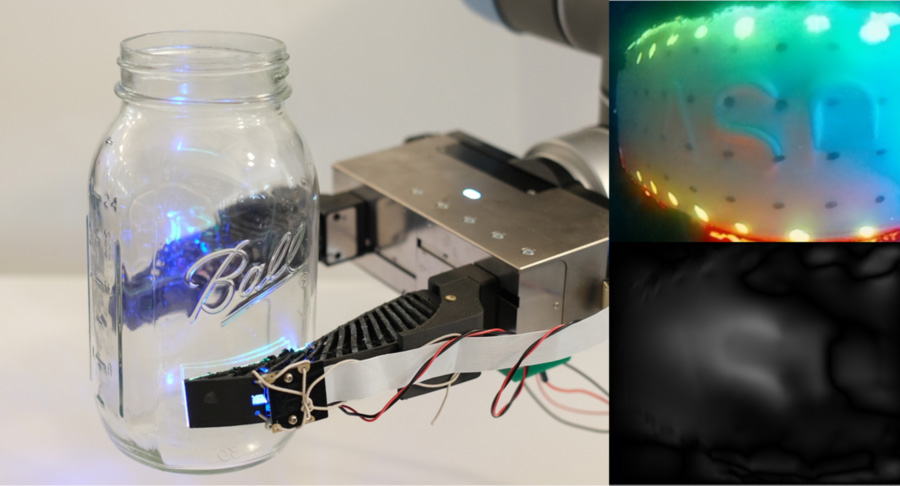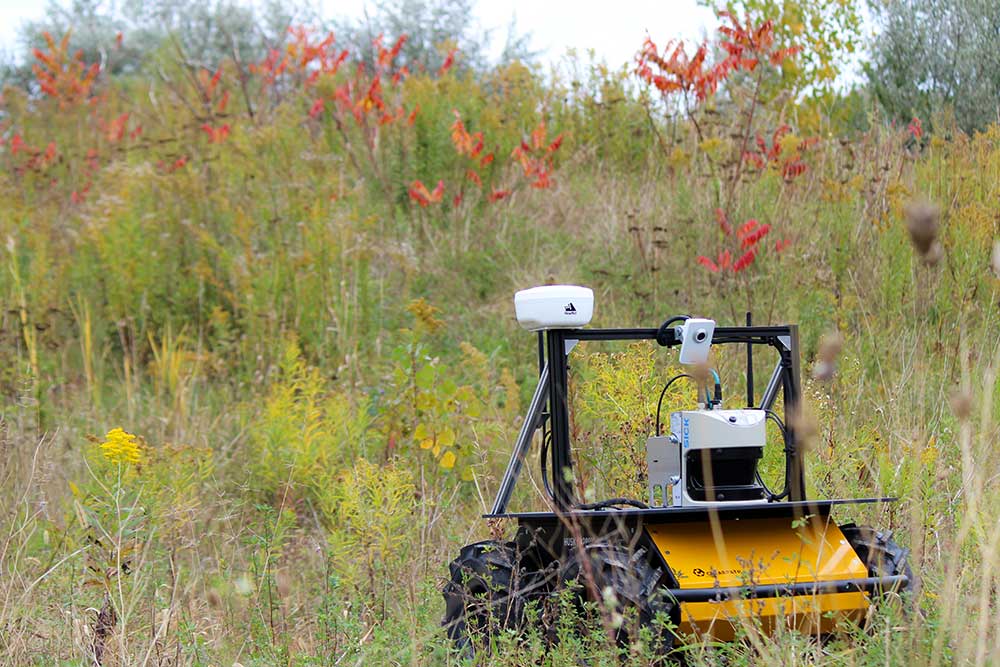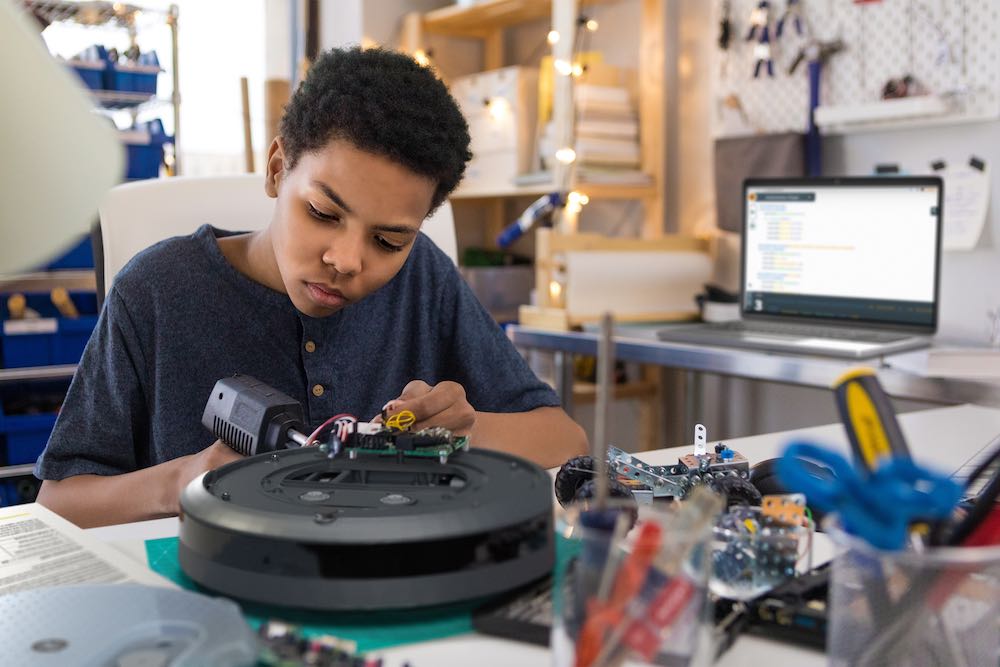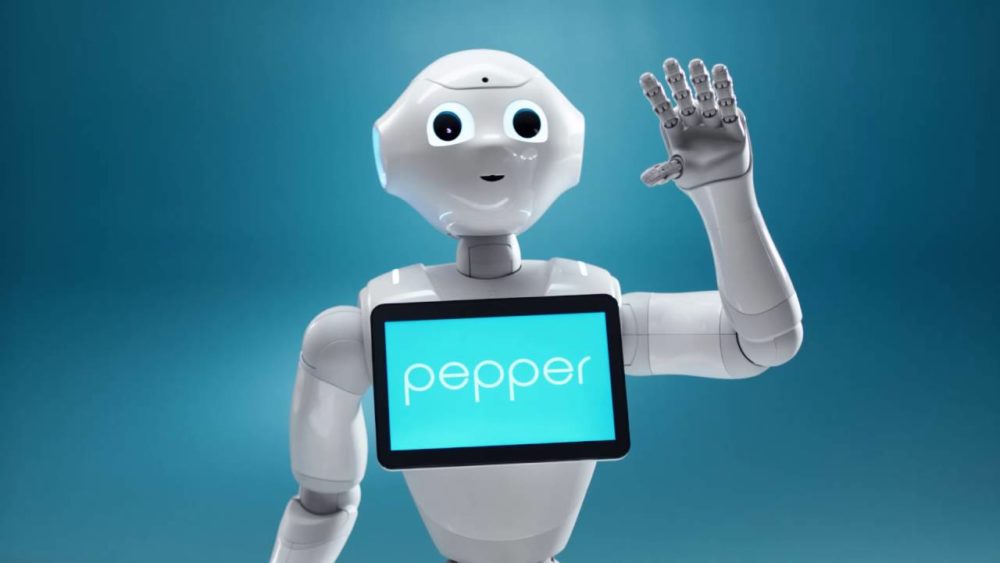
The Pepper humanoid service robot was designed to inspire trust. Source: SoftBank
United Robotics Group, a German distributor of service robots, is acquiring Softbank Robotics Europe. Financial details of the acquisition were not disclosed. Softbank Robotics Europe, which develops the Pepper and Nao robots, will revert to its original name, Aldebaran, which it used prior to being acquired by Softbank.
SoftBank will acquire a minority stake in United Robotics Group. The two companies will continue to cooperate in marketing robots. The transaction is subject to merger clearance and is expected to close in the second quarter of 2022. This deal was first reported to be in the works back in October 2021.
United has been the master distributor of Nao and Pepper in Europe since October 2021, responsible for sales, service and maintenance. It also distributes the Pudu service robot, Boston Dynamics’ Spot quadruped, the Sawyer collaborative robot arm and other robots. United is backed by Hahn, a major industrial automation player in Germany. Hahn acquired the IP for Rethink Robotics after the company shut down in 2018. Hahn has since relaunched Sawyer.
“We are pleased to welcome SBRE with more than 180 exceptionally motivated robotics specialists,” said Thomas Hähn, founder and CEO of United Robotics Group. “This is an important step for us on the way to further internationalizing our company. The future Aldebaran with their strong reputation in the market will help us to further expand our great potential in combining interaction robotics with our knowledge in collaborative industrial robotics.”
Fumihide Tomizawa, President & CEO, SoftBank Robotics Group, said: “We are strengthening our strategic partnerships with various robotics leader companies around the world. We are very pleased to form a strong partnership with a successful company, URG. We will leverage this great relationship to develop and market Pepper and a variety of other robots.”
It’s been a rocky few years for Softbank Robotics Europe and the Pepper humanoid. Reuters reported in June 2021 that Softbank stopped production of Pepper in 2020 and has fewer than 2,000 units left. According to Reuters, SoftBank planned to end sales of new Pepper units in 2023 at the latest. Sales of refurbished units will continue after this point, Reuters reported.
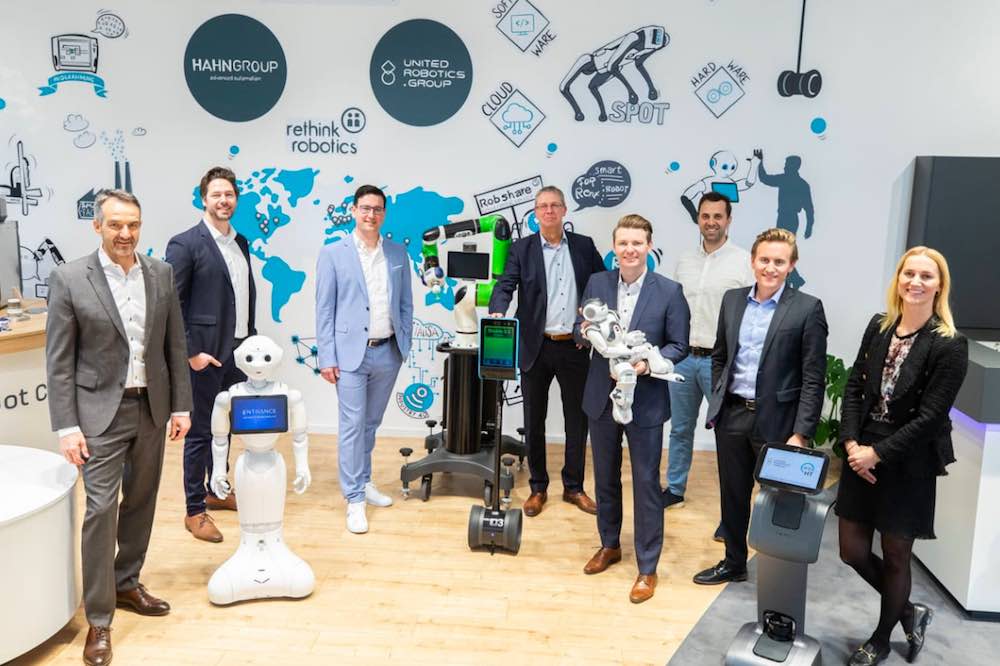
United Robotics Group distributes (left to right) Pepper, Sawyer, Double 3, Nao and Temi. It also distributes Boston Dynamics’ Spot.
It’s unclear at the moment if United Robotics Group and Aldebaran will restart manufacturing of new Pepper units. The Robot Report reached out to the companies and will update this story if new details emerge.
Pepper has been a money-losing proposition since it was introduced. Softbank Robotics Europe, which was acquired by Softbank for $100 million in 2012, lost $38 million in its fiscal 2019-2020 year and more than $119 million over the last three years.
In June 2021, Softbank Robotics Europe laid off 40% of its employees in Paris. An employee, who wished to remain anonymous, told The Robot Report at the time that “the market for Nao and Pepper is smaller than we expected.” The source also said Softbank wouldn’t be focusing on the Nao and Pepper robots much going forward.
It’s been clear for a while that both Nao and Pepper weren’t going to be a major part of Softbank’s robotics strategy going forward. In January 2021, for example, it was announced that Softbank Robotics will jointly develop robots with Japanese electronics maker Iris Ohyama. The joint venture, called Iris Robotics, never mentions Nao or Pepper.
The Whiz cleaning robot is Softbank’s new flagship robot, according to a source. Softbank has made other changes to its robotics strategy, most notably offloading 80% of its ownership stake in Boston Dynamics to Hyundai for $880 million. It also paid $2.8 billion for a 40% ownership stake in AutoStore, a leading developer of automated storage and retrieval systems (AS/RS), that debuted earlier this week on the Oslo Stock Exchange. AutoStore currently has a global blue-chip customer base with more than 600 installations and 20,000 robots across 35 countries.
The post United Robotics Group acquires SoftBank Robotics Europe appeared first on The Robot Report.

